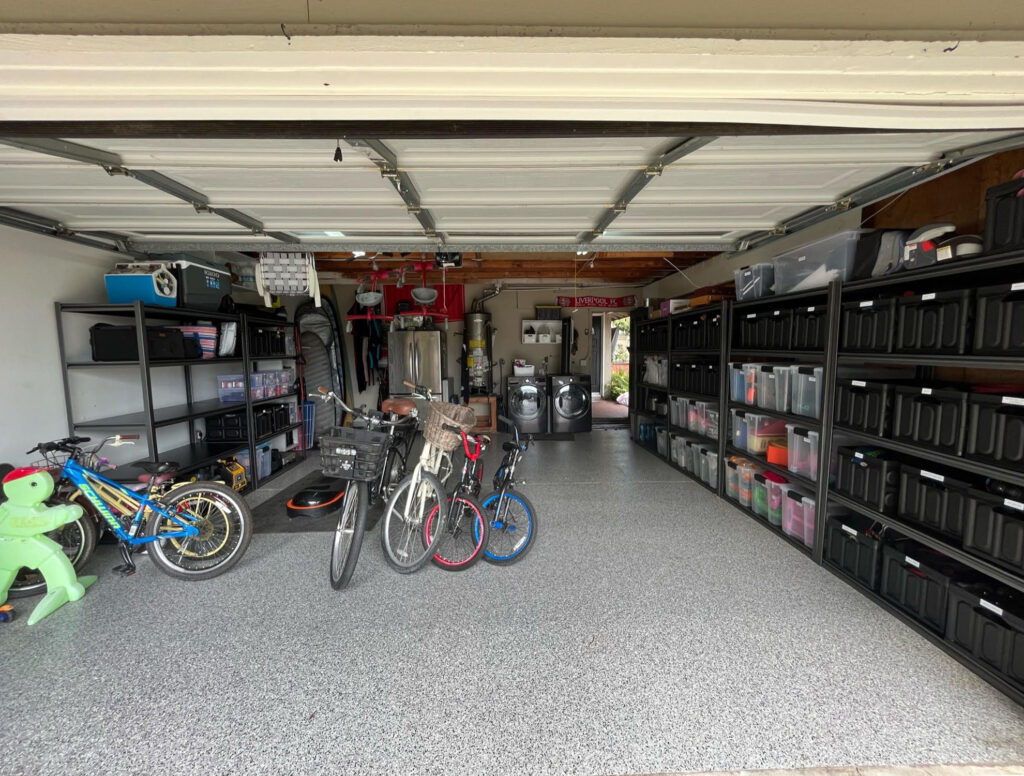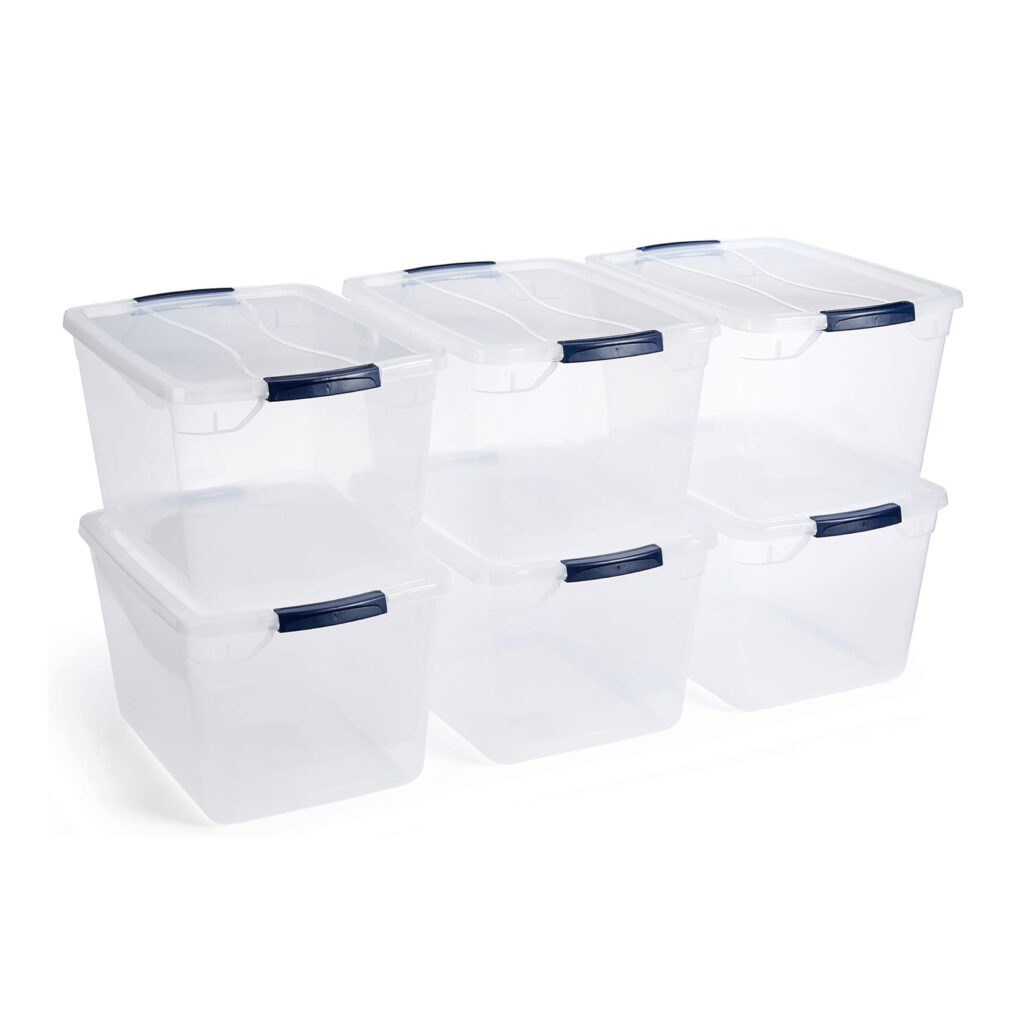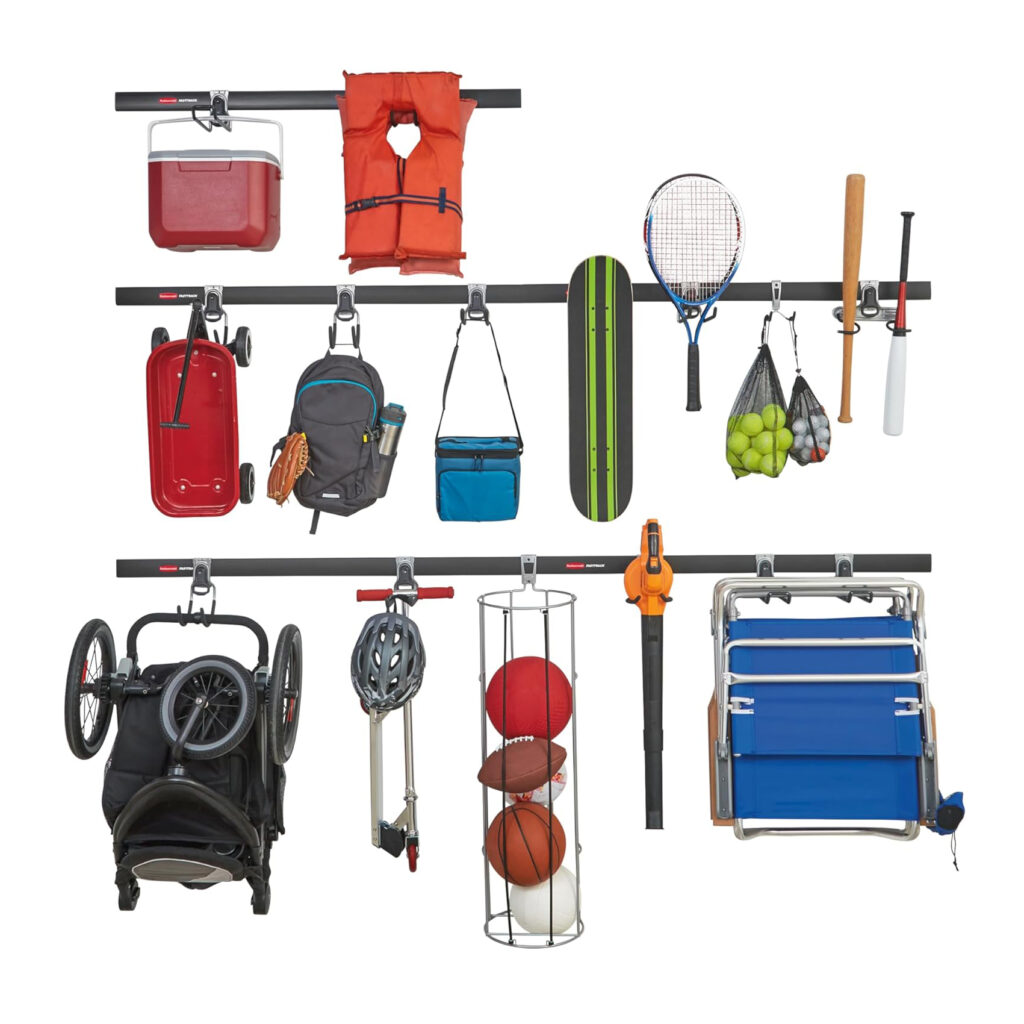
This Is the Right Way to Organize Your Garage, According to a Pro
It’s so much more than a dumping ground.

Forget everything you thought you knew about storage in your garage. Amanda Titchenal, founder of full-service organizing firm Well Organized, has insights on how to maximize your space and use your garage in the most efficient way—or ways—possible.
“The garage is an extension of your home,” Titchenal says. “People think of it as a dumping ground, but it really is a useful space that can help the flow and function of your house. Having it organized allows your house to breathe, because you’re able to kind of offload your home by taking things and finding a place for them in your garage.”
As you rewire your brain about all things related to your garage, there are a few ideas Titchenal and her team prioritize with every home organization project. Read on for her expert tips on the proper approach to storing important items in this part of your home.
Your Garage Is Where Home Organization Begins

Amanda Titchenal
“We often start with the garage when we’re doing a full home to make room for things in the house,” Titchenal says. Before tackling the garage, Titchenal has an initial conversation with her clients to understand their goals with their garage and home, in general. While some might be looking for cabinetry for bulk items like cleaning products or sporting goods, others could be more interested in using the garage as an office space. How you currently use or plan to use your garage will inform future organizational and design decisions.
You should also figure out the best use of the type of garage you have. Carports with some storage will require more space-saving solutions; detached garages are better suited for infrequently used items; and attached garages provide more flexibility and room to work with.
Your Garage Requires Specific Storage Materials

Amanda Titchenal
Cars and garages go together like peanut butter and jelly, but there’s so much more to it. Once you’ve figured out your priorities, you need to stock up on the proper materials. For instance, if you want to see everything you’re storing, you should invest in clear storage bins or open shelving. If you’d prefer to conceal your gear, you can purchase opaque black or gray storage bins.
“Anything with a lid is stuff you don’t access often,” Titchenal says. “We try to use bins without a lid for items you’re grabbing more frequently—at least once every couple weeks.”

Courtesy of Amazon
Folding crates are another secret weapon for Titchenal and her team. “They’re open crates that don’t have lids, so you can easily get what you need,” she says. “They’re great for storing quick-grab things like sporting goods.”
Even your walls and ceilings can provide additional storage through the use of hook systems and overhead garage racks.

Courtesy of Amazon
Your Garage Isn’t Just for Storing Cars

Amanda Titchenal
It goes without saying that garages are made for cars. But if you install cabinets or have bins in your garage, you want to use them for specific items. In her initial sweep, Titchenal focuses on two categories: memory- and holiday-related products.
Titchenal also encourages storing the following products in the garage: sporting gear, “back stock” items (extra cleaning supplies you buy in bulk, like paper towels or trash bags), hardware, and even clothing. Another popular storage hack is hiding away entertaining items like platters or large drink dispensers, which you only need to use occasionally. All of that said, there isn’t a limit to what you can store in your garage.
“I think people underestimate the variety of what you can do to maximize your garage and use it to your best ability,” Titchenal says.
Titchenal and her team have mapped out how to transform your garage into a home office, teen hangout spot, kids’ arts and crafts room, and gym. If you can’t decide on just one use for your garage, she also recommends setting up different “zones.” One part of the garage could be dedicated to old sports trophies, another could feature a cabinet filled with holiday decorations, and you could also have an area for your tools and other maintenance items.
Every family’s priorities are different, so it’s important to acknowledge what you need to store before you determine where it all should go. When you’re ready to work on spots inside your home, make sure to check out Titchenal’s tips on pantry organization, too.
We only recommend things we love. If you buy something through our site, we might earn a commission.
